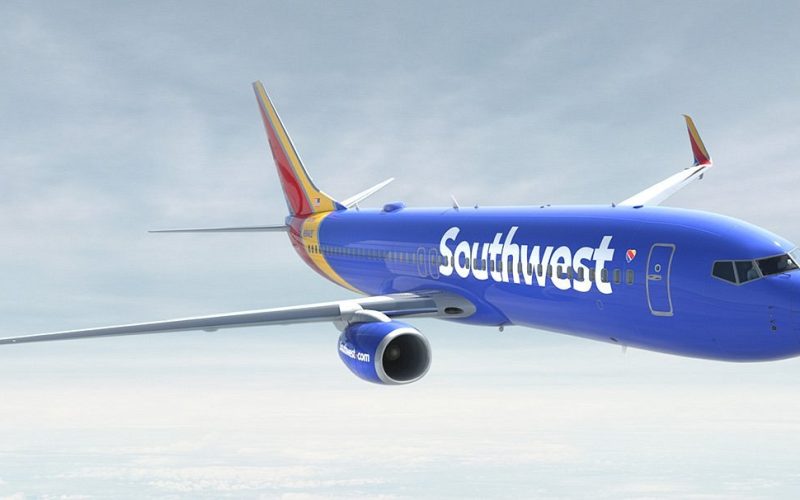Southwest Airlines, one of the largest low-cost carriers globally, has encountered significant challenges with its Boeing fleet. Amidst these challenges, Elliott Management, a renowned activist hedge fund, has stepped in to advocate for changes within the airline. However, despite Elliott’s involvement, the intricacies of Southwest’s Boeing problem persist. This article delves into the issues Southwest faces with its Boeing aircraft, explores Elliott Management’s role, and assesses the effectiveness of their intervention.
The Boeing Predicament
Southwest Airlines has long relied on Boeing aircraft, primarily the Boeing 737 series, as the backbone of its fleet. However, the airline faced a pivotal moment when safety concerns arose regarding Boeing’s 737 MAX model. Following two fatal crashes involving the 737 MAX, worldwide regulatory authorities grounded the aircraft, leaving Southwest with operational disruptions and financial losses.
Beyond safety issues, Southwest grapples with challenges stemming from the grounding of the 737 MAX, such as fleet management complexities, scheduling constraints, and customer perception concerns. The prolonged grounding exacerbated these issues, prompting Southwest to seek remedies to navigate through the crisis and safeguard its reputation and profitability.
Elliott Management’s Intervention
In the midst of Southwest’s Boeing predicament, Elliott Management emerged as a significant stakeholder advocating for changes within the airline. Led by activist investor Paul Singer, Elliott acquired a substantial stake in Southwest, positioning itself to influence strategic decisions.
Elliott’s intervention primarily aimed at enhancing shareholder value by advocating for measures to address Southwest’s Boeing-related challenges. The hedge fund pressed for actions such as fleet diversification, operational efficiency improvements, and governance enhancements to mitigate risks and unlock value.
Analysis of Elliott’s Impact
While Elliott Management’s involvement stirred anticipation for transformative changes within Southwest, its impact remains subject to scrutiny. The effectiveness of Elliott’s interventions necessitates a nuanced analysis considering various factors:
- Strategic Alignment: Assessing the alignment between Elliott’s proposed strategies and Southwest’s long-term objectives is crucial. While diversifying the fleet may mitigate Boeing-related risks, it should align with Southwest’s core principles of simplicity and operational efficiency.
- Operational Implications: Implementing Elliott’s recommendations may entail operational complexities and financial implications for Southwest. Any strategic shift must be meticulously evaluated to ensure it enhances, rather than hampers, operational performance and cost-effectiveness.
- Stakeholder Considerations: Balancing the interests of diverse stakeholders, including shareholders, employees, customers, and regulatory authorities, is paramount. Effective stakeholder management is essential to garner support for strategic initiatives and navigate potential conflicts of interest.
- Long-Term Sustainability: Evaluating the sustainability of Elliott’s proposed changes is imperative. While short-term gains may appease investors, sustaining profitability and competitive advantage amidst industry dynamics and economic uncertainties necessitates a comprehensive, forward-looking approach.
Comparative Analysis Table
| Factors | Elliott’s Proposal | Southwest’s Position |
|---|---|---|
| Fleet Diversification | Advocate for diversifying away from Boeing aircraft to mitigate risks associated with reliance on a single manufacturer. | Evaluate the feasibility and implications of diversification while upholding the principles of operational simplicity and cost-efficiency. |
| Operational Efficiency | Push for operational enhancements to improve efficiency and cost-effectiveness, potentially through fleet optimization and route rationalization. | Balance efficiency improvements with maintaining Southwest’s renowned customer service and operational reliability. |
| Governance Enhancement | Advocate for governance reforms to enhance oversight and decision-making processes, ensuring alignment with shareholder interests. | Assess governance structures to ensure transparency, accountability, and alignment with long-term strategic objectives. |
Conclusion
Southwest Airlines faces a formidable challenge with its Boeing fleet, compounded by the grounding of the 737 MAX and subsequent operational disruptions. Elliott Management’s intervention adds a layer of complexity to Southwest’s strategic considerations, as the airline navigates through the crisis while addressing shareholder expectations. The path forward necessitates a delicate balance between mitigating risks, enhancing operational efficiency, and sustaining Southwest’s distinctive identity and competitive advantage in the aviation industry.











